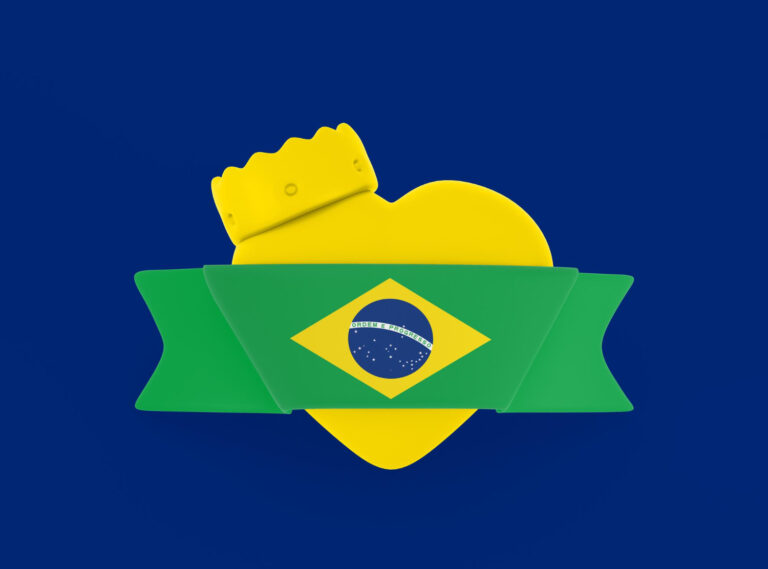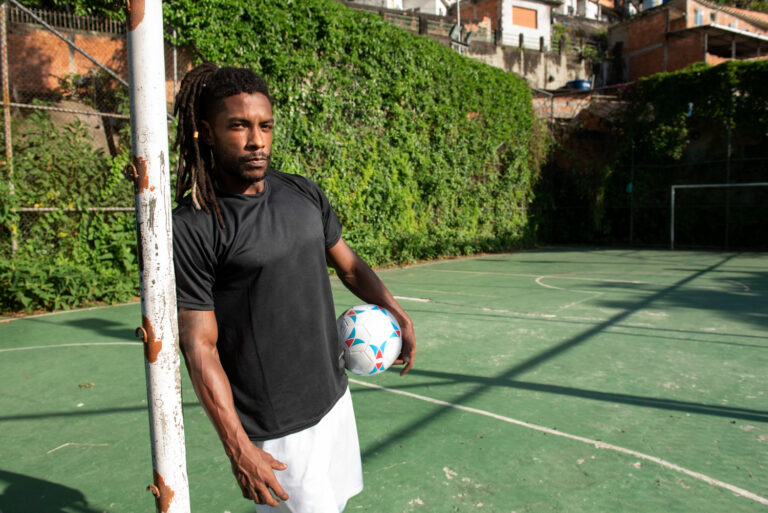How Football Changed Post-War Europe
The aftermath of World War II left Europe scarred, economically, emotionally, and physically. Cities had crumbled, nations were mourning, and society needed something to hold on to. Football became more than just a game during this period. It transformed into a vehicle for healing, identity, and hope. In the decades following the war, football helped redefine European culture, reshape international relations, and elevate national spirits.
This is not just about sport, it’s about resilience. The game flourished in streets filled with rubble, in communities grappling with loss, and in stadiums rising from ashes. Post-war Europe found in football a shared language, and for many, it became a reason to believe in the future again.
Let’s dive into how football helped rebuild Europe, not just physically through stadiums and leagues, but emotionally and culturally, in a way few other things could.
Football Became a Cultural Anchor
After the war, the need to rebuild extended beyond infrastructure. People wanted their identity back, something that made them feel whole again. Football filled that vacuum. Whether it was AC Milan and Inter reigniting passion in Italy, or Real Madrid building a dynasty in Franco’s Spain, football began to reflect the resilience and pride of individual nations.
In Germany, football became central to the reimagining of national identity. The “Miracle of Bern” in 1954, when West Germany won the World Cup, marked a turning point. That victory wasn’t just about a trophy, it was symbolic. It helped restore national confidence and showed that Germany could be a part of the global community once again.
Stadiums as Monuments of Recovery
Bombed-out arenas were rebuilt not only with steel and concrete but with purpose. Wembley Stadium, while intact, became an emblem of continuity in Britain. In Eastern Europe, clubs rebuilt their grounds and transformed them into places where people gathered to forget hardship for ninety minutes.
Italy saw the renovation and construction of stadiums that would later host global events. Football clubs often relied on volunteer work, donated materials, or government support to raise stadiums from the rubble. These arenas became more than just sports venues, they were symbols of progress.
Football Clubs as Political Tools
In the Cold War landscape, football quickly became a political tool. Governments recognized the unifying, and distracting, power of the game. The Soviet Union used clubs like Dynamo Moscow and Spartak Moscow to represent ideological superiority. The East German government invested heavily in club football to demonstrate strength to the West.
In Yugoslavia, Josip Tito promoted football across republics to foster unity. Red Star Belgrade and Partizan were not just teams; they were ambassadors of a fragile national identity. Similarly, Spain’s General Franco used Real Madrid to promote Spanish pride and suppress regional identities, particularly those in Catalonia and the Basque Country.
Revival of International Competitions
The reintroduction and rapid expansion of international football helped foster peace and cooperation. The first World Cup after the war, in 1950, was a cautious step forward. By the 1954 tournament, however, football was already a platform where previously hostile nations competed with mutual respect.
UEFA was founded in 1954, signaling a move toward continental cooperation. The European Championship emerged as another way to bring nations together, and it worked. These tournaments allowed fans to see other countries not as former enemies, but as sporting rivals. Flags were waved, not burned.
Birth of Club Dynasties
Post-war economic booms in Western Europe allowed clubs to invest in better infrastructure, training, and scouting. This gave rise to football dynasties like Real Madrid, who won five consecutive European Cups starting in 1956. Their success popularized international club competitions and raised the overall standard of play across Europe.
These teams didn’t just win; they represented their country’s return to relevance. Benfica’s back-to-back European Cup wins in 1961 and 1962 elevated Portuguese pride at a time when the country was under dictatorship. In Britain, Manchester United’s triumph in 1968, a decade after the Munich Air Disaster, felt like the closing of a painful chapter.
Tactical Innovations and European Identity
Football tactics also evolved in this period, and those changes mirrored broader societal shifts. In Italy, the development of catenaccio, a defensive tactical system, reflected a more cautious, structured post-war mindset. Meanwhile, Hungary’s “Mighty Magyars” introduced a more fluid, attacking style that influenced teams from England to the USSR.
These changes weren’t just strategic, they embodied the cultural traits of nations: pragmatic Italy, artistic Hungary, industrious Germany, and spirited Britain. This gave each country a unique footballing identity, which fans embraced and celebrated. Football became an extension of national personality.
Rise of Football Media and Broadcasting
The growth of media, particularly television, helped fuel football’s rise in post-war Europe. Football was now in everyone’s living room. People who couldn’t afford to attend matches could experience the game live, complete with commentary and drama.
The 1966 World Cup in England was the first to be broadcast in color, and it changed everything. Football became not only a national spectacle but a pan-European event. It connected fans from Glasgow to Munich, Naples to Belgrade. The game became more accessible, and the legends of the time, Puskás, Eusebio, Charlton, became household names.
Football as Economic Engine
As the European economy rebounded, football transitioned into a booming industry. Clubs began to commercialize operations, ticket sales, merchandise, and sponsorships took off. Players became professionals, training full-time and committing themselves to the game in ways that weren’t possible pre-war.
This surge in investment helped accelerate the sport’s development. Youth academies were established to develop local talent, and domestic leagues grew more competitive. For many working-class kids, football became a legitimate career path, further entrenching the sport in the fabric of society.
A Unifying Force in Divided Countries
In nations fractured by war or ideological divides, football sometimes became the only shared passion. In divided Berlin, Hertha and Union represented different sides of the wall, but their shared love for the game maintained a sense of connection. Fans would travel across checkpoints to watch matches, bringing a human dimension to a politically severed city.
In Ireland, the sport helped maintain connections between Northern Ireland and the Republic, even during the most volatile times of The Troubles. Clubs would occasionally engage in friendly matches or support cross-border player development, subtly reinforcing unity.
The Long Legacy
The impact of post-war football lingers today. The major tournaments we enjoy, the Champions League, the European Championship, even the way we celebrate club rivalries, are products of that post-war growth. Football’s evolution mirrored Europe’s recovery: slow, fragmented at times, but ultimately resilient and triumphant.
It’s not romanticism to say that football helped heal a broken continent. It gave people something to shout for, believe in, and come together around. Whether you were on the terraces of a battered stadium or listening to commentary on a crackling radio, football meant progress.
Final Thoughts
What happened to football after the war was not just a sporting renaissance, it was a social and cultural revolution. Football brought joy in times of despair and unity in moments of division. It’s no coincidence that Europe’s greatest footballing era began in its darkest post-war days. The next time we talk about iconic moments in football history, we should also remember how much the game did to mend the soul of a continent.
Football didn’t just reflect post-war Europe, it shaped it.







